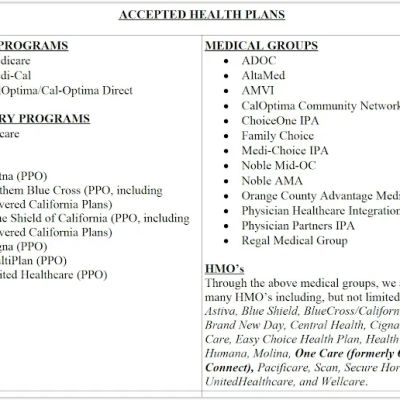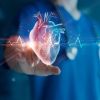- Implantable Defibrillators Basics and Importance
- How Implantable Defibrillators Work to Protect Heart Patients
- Real-Life Patient Experiences with Implantable Defibrillators
- Advantages and Potential Limitations of Implantable Defibrillators
- Practical Advice for Patients with Implantable Defibrillators
1. Implantable Defibrillators Basics and Importance
Implantable defibrillators, commonly known as ICDs, are revolutionary devices designed to protect patients with heart disease from life-threatening arrhythmias, such as ventricular fibrillation and sudden cardiac arrest. These devices continuously monitor the heart's rhythm and deliver an electric shock when dangerous irregularities are detected, effectively resetting the heartbeat to a normal rhythm.
For patients with a history of serious heart rhythm disorders or those at high risk of sudden cardiac death, implantable defibrillators serve as a critical safety net. Their role in preventing fatal cardiac events has made them a cornerstone in modern heart disease management.

1.1 When Are Implantable Defibrillators Recommended?
ICDs are typically recommended for patients with severe heart failure, previous cardiac arrest survivors, or those diagnosed with specific heart rhythm disorders. The decision is made after careful evaluation by cardiologists, considering factors such as ejection fraction, symptom severity, and overall health status.
Atlanta Heart Specialists
atlanta heart specialists
4375 Johns Creek Pkwy #350, Suwanee, GA 30024, USA

1.2 Development and Technological Advances
Since their introduction, implantable defibrillators have become smaller, more sophisticated, and more reliable. Newer models incorporate advanced algorithms to distinguish between harmful and benign arrhythmias, reducing unnecessary shocks and improving patient comfort.
2. How Implantable Defibrillators Work to Protect Heart Patients
Once implanted beneath the skin, usually near the collarbone, the ICD is connected to the heart via thin wires called leads. It constantly monitors electrical signals from the heart muscle and automatically delivers therapy when dangerous rhythms occur.
2.1 Detection and Therapy Delivery
The device can provide different therapies, including anti-tachycardia pacing to gently interrupt arrhythmias or high-energy shocks if rapid, life-threatening rhythms are detected. This timely intervention can mean the difference between survival and sudden cardiac death.
2.2 Continuous Monitoring and Remote Follow-Up
Modern ICDs offer remote monitoring capabilities, allowing physicians to track heart rhythms and device function remotely. This facilitates early detection of problems and timely medical responses without frequent hospital visits.
3. Real-Life Patient Experiences with Implantable Defibrillators
Take Mark’s experience: a 54-year-old man diagnosed with dilated cardiomyopathy and a history of fainting episodes. After receiving an implantable defibrillator, Mark experienced an arrhythmia episode that triggered his ICD to deliver a shock, saving his life. This moment profoundly changed his perspective, emphasizing the device’s lifesaving role.
Stories like Mark’s highlight not only the technical success of ICDs but also the emotional reassurance they provide to patients living with heart disease.
3.1 Public Awareness and Support Communities
Growing awareness through patient advocacy groups and online communities has helped demystify implantable defibrillators, encouraging patients to share experiences and support each other in managing life with ICDs.
4. Advantages and Potential Limitations of Implantable Defibrillators
While implantable defibrillators offer unmatched protection against sudden cardiac death, they come with considerations.
4.1 Key Advantages
ICDs significantly reduce mortality in high-risk patients and improve quality of life by providing peace of mind. They are minimally invasive to implant and have a proven track record of efficacy and safety.
4.2 Challenges and Risks
Some patients may experience inappropriate shocks, infection risks at the implantation site, or device malfunction. Psychological impacts such as anxiety about shocks are also common and require support. Regular follow-up and device checks are essential to manage these challenges.
5. Practical Advice for Patients with Implantable Defibrillators
For patients living with ICDs, maintaining a healthy lifestyle remains crucial. Regular cardiology visits, medication adherence, and lifestyle modifications support heart health alongside device protection.
Patients should also be aware of lifestyle considerations such as avoiding strong electromagnetic fields that might interfere with device function. Support groups and counseling can help address emotional and social challenges associated with ICD therapy.
For those exploring options or seeking specialized products and services related to implantable defibrillators, HeartCare Hub offers tailored resources and expert guidance to assist in managing heart disease effectively.






















Deborah Heart and Lung Center
deborah heart and lung center
200 Trenton Rd, Browns Mills, NJ 08015, USA